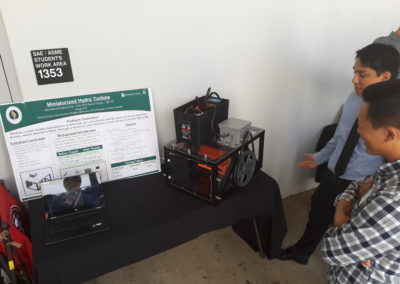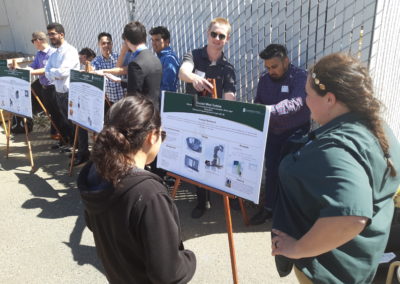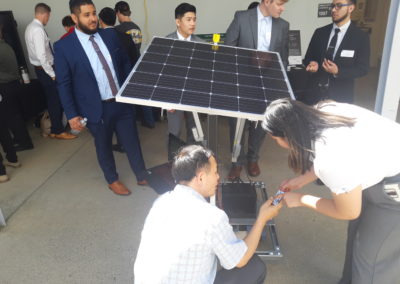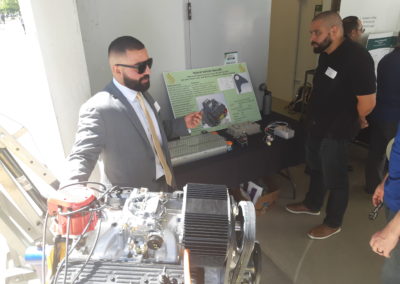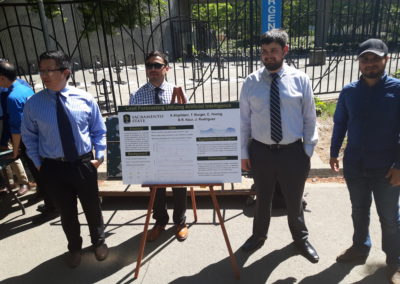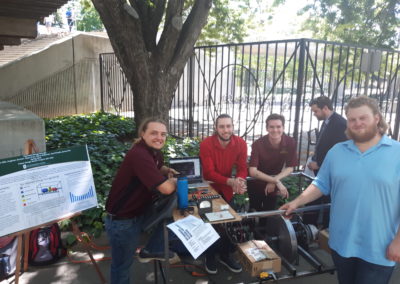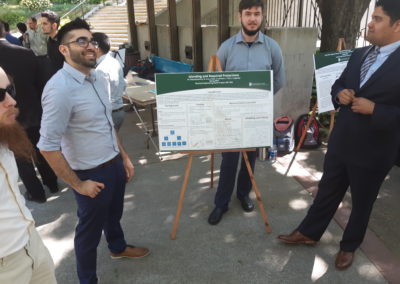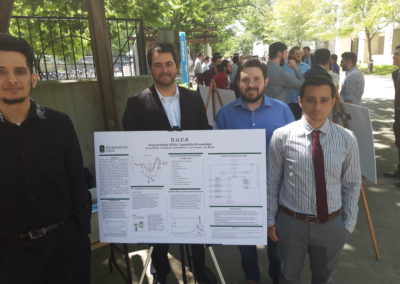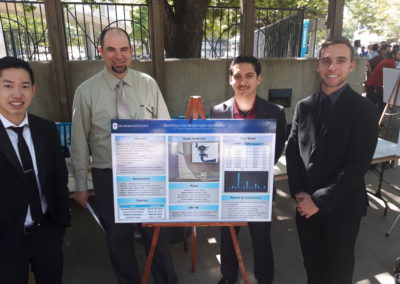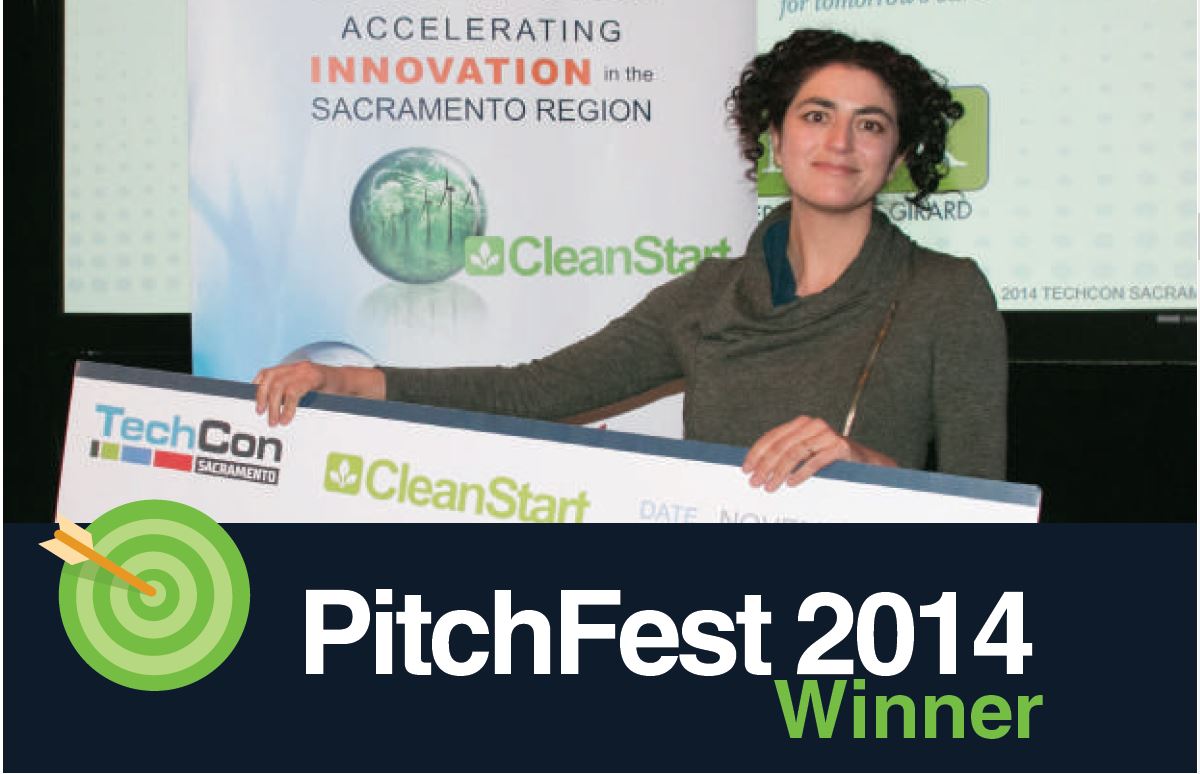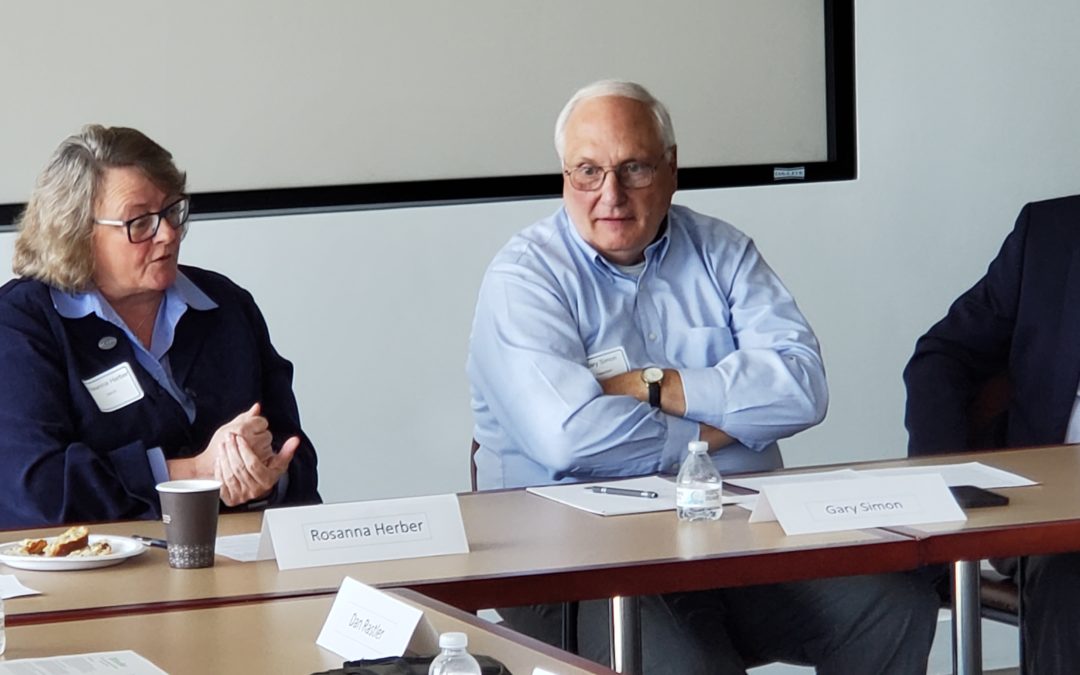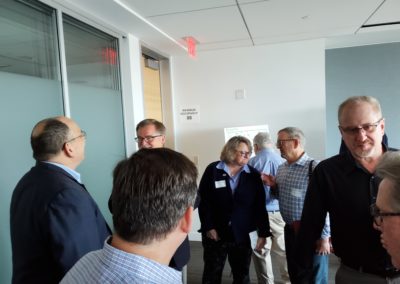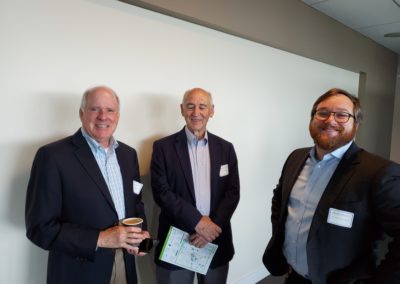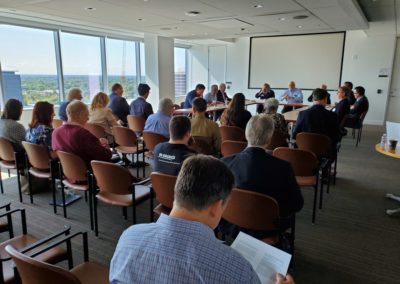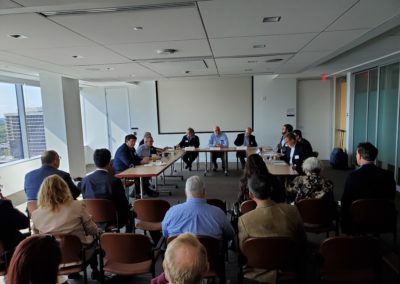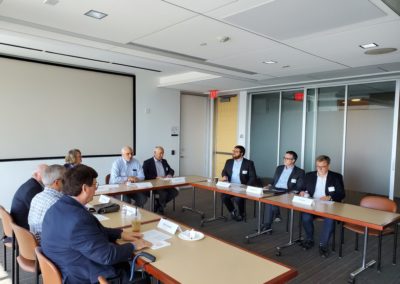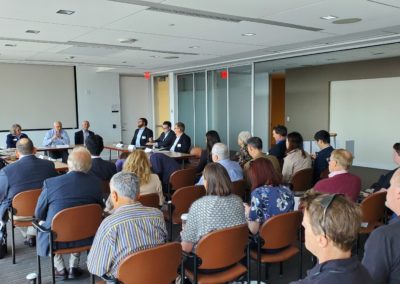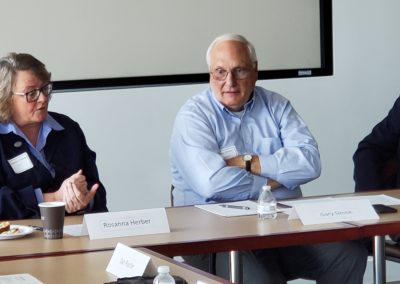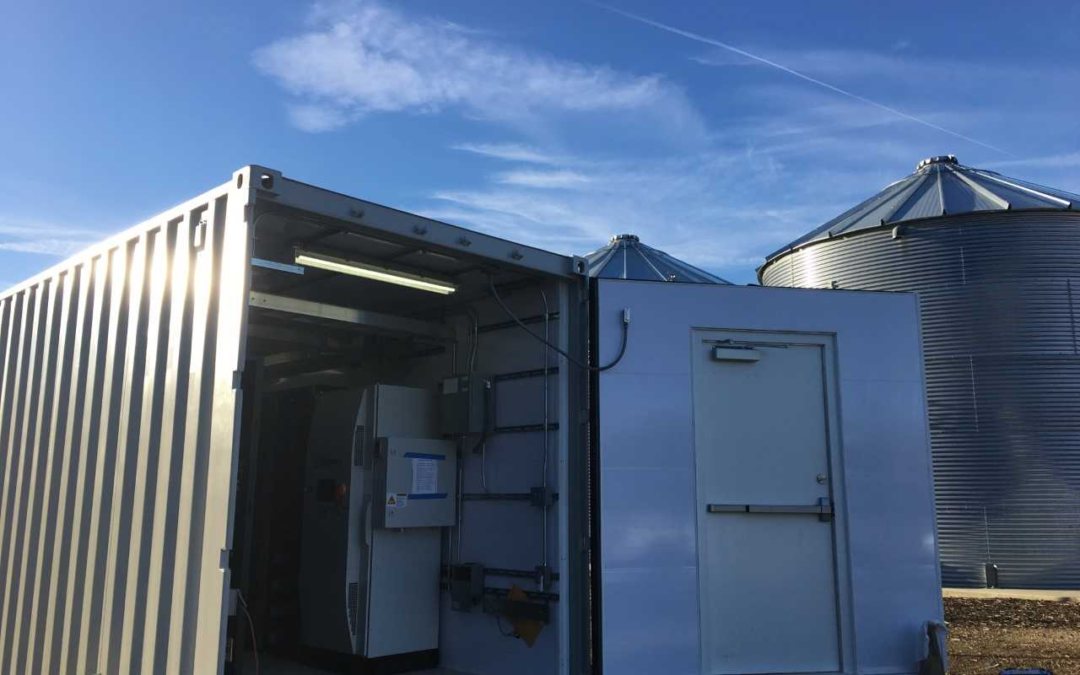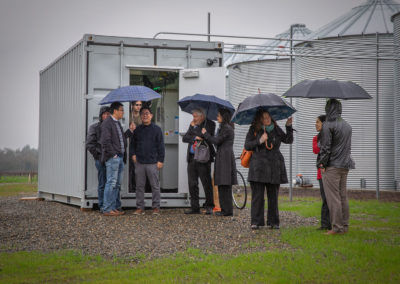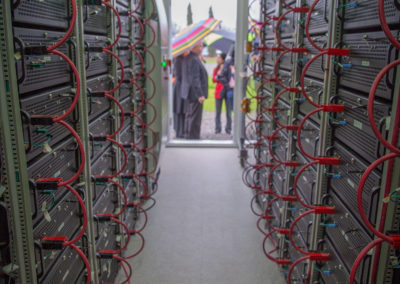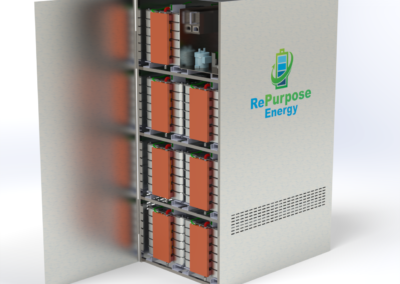From CleanTechnica Charles Thurston
Sunfolding’s AirDrive actuator, assembled in Tennessee by Tier 1 automotive manufacturer Martinrea, is based on air-driven bellows that turn the trackers toward the sun, replacing traditional motors and large metal gear plates in other company designs. The system has adopted off-the-shelf components where possible, adapting truck air brake systems and working with DuPont to develop the bellows material. “The T29 uses proven technology and production methods from the automotive industry, and has three components, where traditional trackers have 21 or more,” Sunfolding says.
The company has filed for three patents on fluidic actuators for use in solar arrays, and has pioneered the bellows application of the material provided by Dupont Performance Polymers. Dupont became a strategic partner in 2015, advising on material selection and manufacturing, utilizing its expertise in long-lifetime, harsh environment applications like automotive and marine, the company says.
“Their technology approach employs centralized fluidics to actuate the trackers while meeting or beating the tracking accuracy of distributed mechanical motor-based systems. The fluidics approach allows the system to be modular, reducing the costs of site excavation and leveling,” according to an ARPA-e summary of the Sunfolding research project it funded.
One benefit of the T29 design is a shorter installation time, which can reduce construction crew size by one-third. “The simplicity of the solar tracker’s design means that project developers can reduce construction timelines along with associated labor and install costs,” the company says. Time trials on the tracker demonstrate that it can be installed in one-third the time as traditional trackers, the company claims.
“We are pleased to see that word is spreading quickly about our installation speed, which is at least two times faster than traditional trackers,” noted Sunfolding’s CEO, Jurgen Krehnke, in an announcement on the latest California project.
Sunfolding’s SunShot award from DOE amounted to $2 million in 2016, aimed at component cost reduction of the bellows technology. “The key is a distributed, mass-manufactured drive system with shared control. This tracking system opens up new opportunities to significantly reduce component costs, improve efficiencies in construction and site design, and improve long-term reliability for all tracking solar projects,” DOE says. “This project will build upon the demonstrated technical successes by applying advanced U.S. manufacturing and automated assembly techniques to achieve significant cost reductions,” the department adds.
The ARPA-e project brief says, “Tracking subsystems were set up and subjected to harsh environmental testing to ensure reliability over the anticipated 30-year lifetime of a PV plant. The tracking system passed the durability testing including simulated wind and snow loading and harsh-environment cycling.”
“Following several design revisions to the bellows and component-level durability testing, the team implemented a ~6 kW outdoor tracking array in Sebastopol, CA, to acquire outdoor test data on a fully-assembled system. This system has been tracking reliably since August 2015,” ARPA-e notes.
“The team was able to attract supplemental funding ($1 million) from the California Energy Commission to allow the deployment of ~300 kW of tracked PV in 50 kW phases in Davis, CA, with the first phase completed in July 2016. This project is further solidifying the reliability and durability of the tracking system while incorporating successive design optimizations in each stage to improve the ease of installation and repair in the field,” the agency summary says.
Sunfolding hired DNV-GL to perform a bankability study on the T29; a first draft was produced in August 2016. Field tests show that “the T29’s motor-free, wear-free tracker rows require minimal maintenance during the system’s operational lifetime and the tracker is showing a 99.9% uptime,” Sunfolding claims.
In May, Sunfolding received the Best Venture Award at the 2018 Industry Growth Forum, an event held by the National Renewable Energy Laboratory’s (NREL) Innovation and Entrepreneurship Center. As part of the award, Sunfolding will have access to technical assistance at NREL. This award marks the fourth major recognition of Sunfolding by programs under the US Department of Energy (DOE), the company says. In 2014, the team received an Edison Innovation Award for their work on the pneumatic tracker.
The 39 megawatt (MW) project is part of an unnamed engineering-procurement-construction (EPC) company’s portfolio of solar installations based on Sunfolding’s T29 tracker, the company says. A prior installation of Sunfolding trackers was announced in October for a 5 MW project in South Carolina that was scheduled to break ground in November. In August, another project was announced for a location in Georgia.
Among venture capitalists supporting Sunfolding are Y Combinator Incubator/Accelerator, based in Mountain View, CA, Alumni Ventures Group Venture Capital, based in Manchester, NH, and Castor Ventures Angel Investor Group based in Waltham, Mass.









